Gonzalo Mancilla - Finca San Fernando
What are the chances of meeting a farmer that is also a roaster, a Q Grader, a barista trainer and an agronomist all at the same time? Well, Gonzalo Mancilla is all of that. Owner of Finca San Fernando with his papá, Gonzalo Angel Mancilla, he is the only AST (Authorized SCA Trainer) in Bucaramanga. He is also a Rainforest Alliance auditor and just won a local sustainability award for San Fernando’s environmental practices. When does he sleep, right?
When Gonzalo’s father bought the farm in 2006, the land had been abandoned for years. The plot had been used for coffee in the previous century, but the crop was later replaced by cattle and sugar cane, with a few coffee trees left here and there. Gonzalo was at the university at the time and fell in love with coffee when he started learning about it in the 4th semester. He decided to follow the beans as a career and began to revive San Fernando’s plantation.
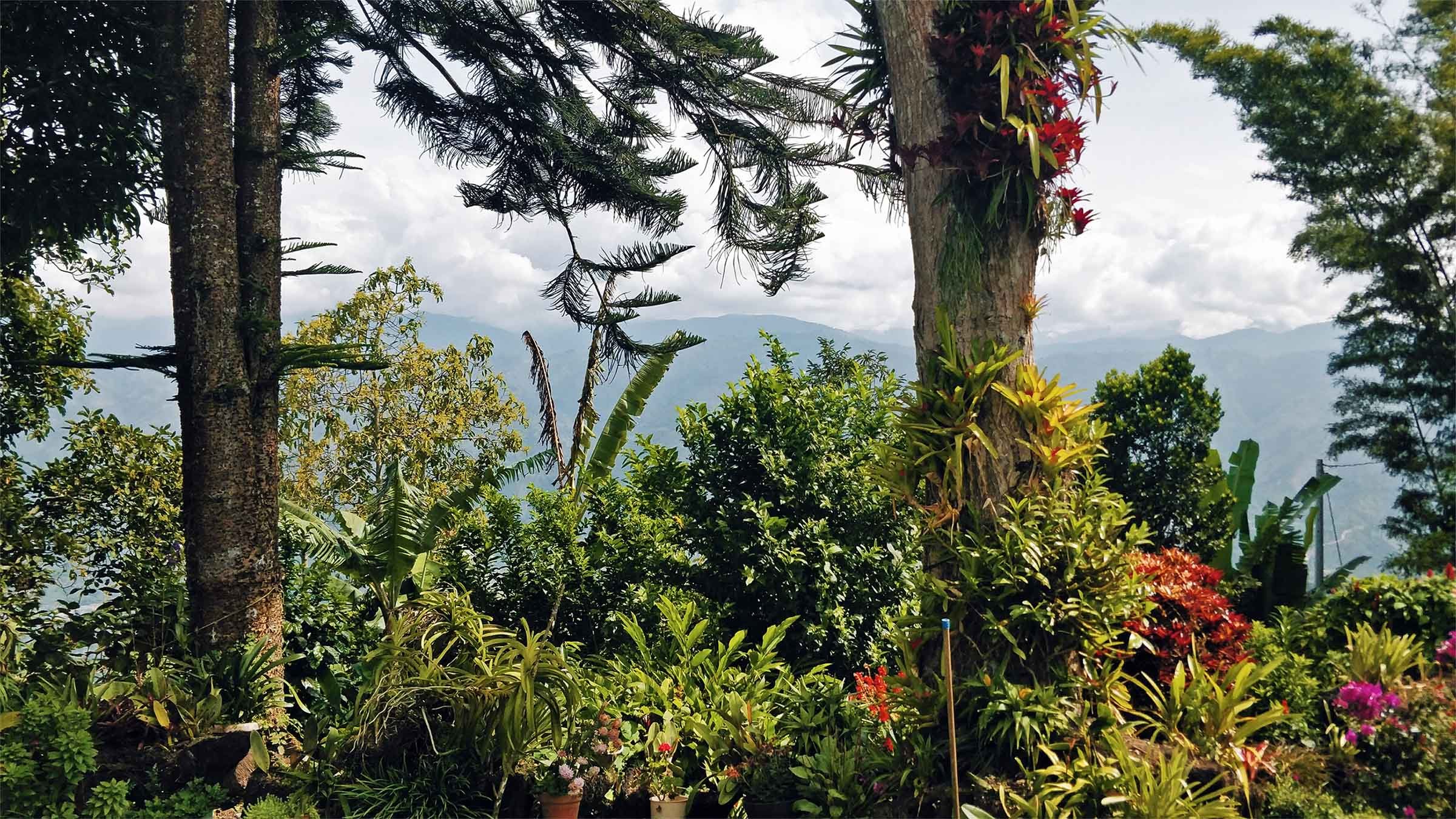
From bare land to healthy farm
The revival job required a lot of time and energy due to the farm’s past. “The plot we have used to be part of a large farm owned by a rich notary from Piedecuesta. Back then, many wealthy people buried their fortunes under their houses. So an heir of this notary blasted the old main building and random bits of land searching for a treasure. It was a wreck,” Gonzalo explains.
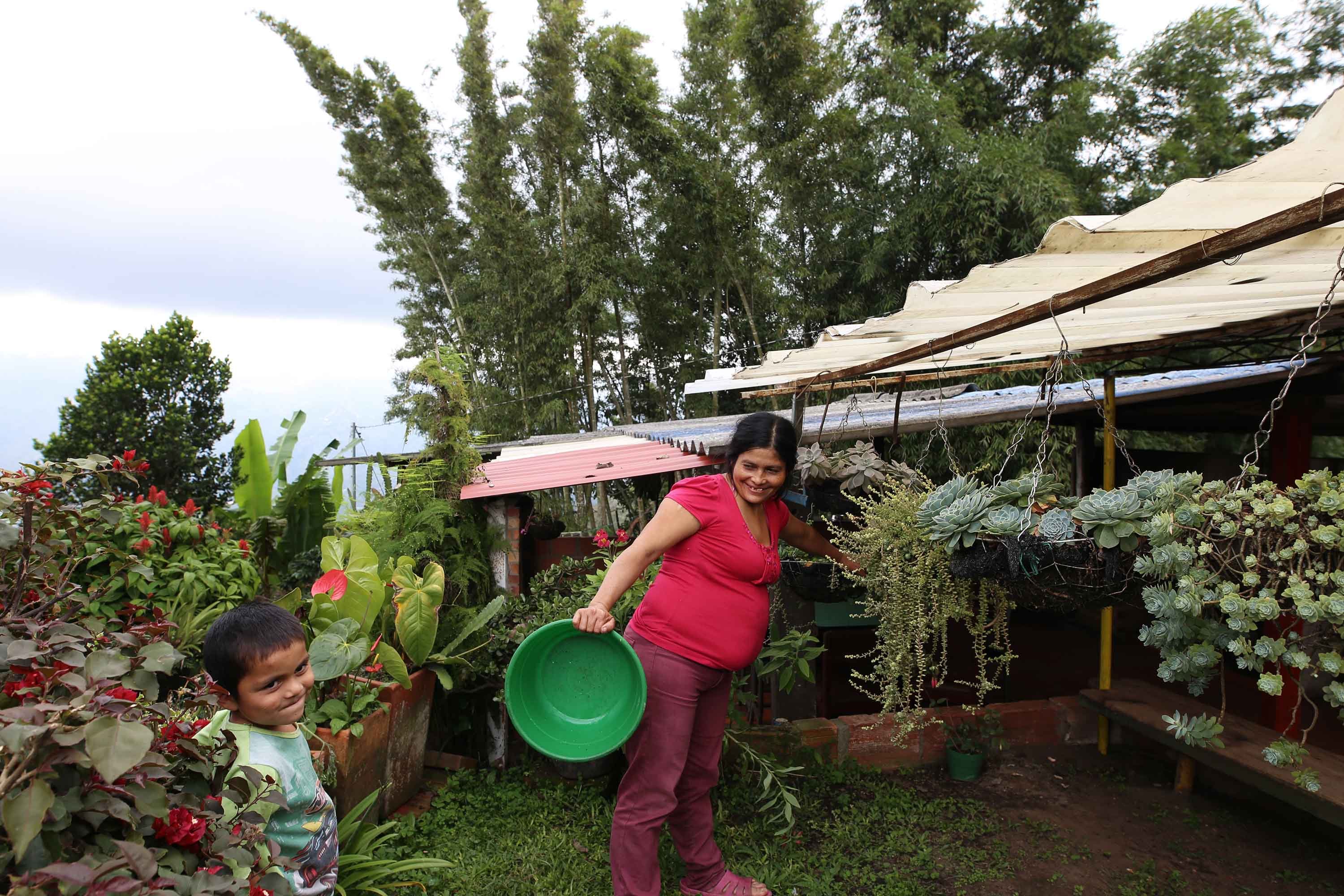
The usage of the plot for cattle farming meant the soil was poor and too acidic for coffee. Gonzalo and his father had to convert the bare land into a grove, planting trees such as guamo, cedar, nogal, figs, plátano, and ceiba. They also corrected the soil’s pH with fertilizers and chicken manure. “Despite the pH, which you can work on, the soil in Santander is sandy with good drainage. The climate is dry and windy with hot days and cold nights, offering great conditions for specialty coffee,” Gonzalo says.
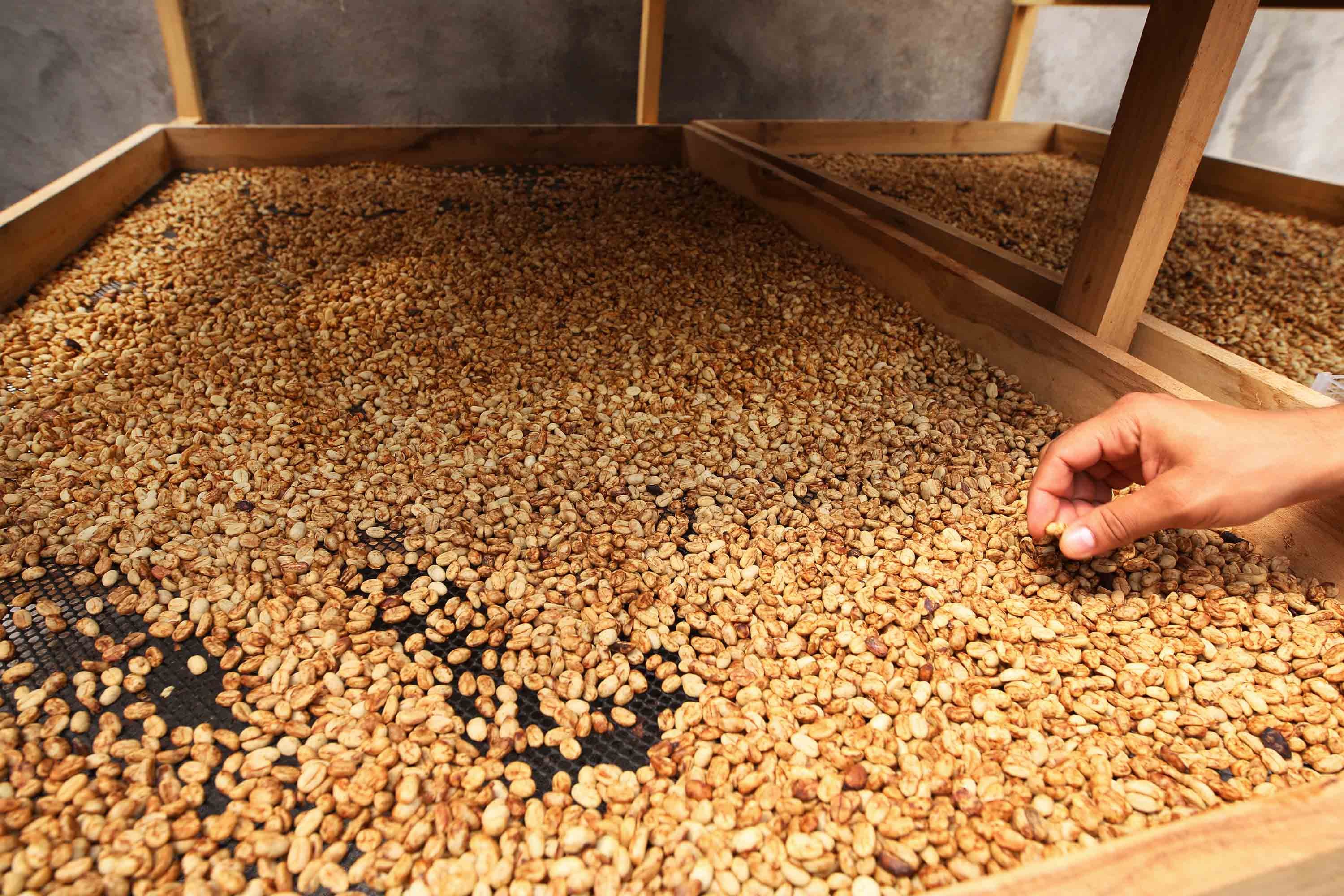
Science, technology, and experimentation
The farmer is also tuned into new technologies. Since 2012, when the farm started its transition into specialty, he used tech devices to monitor the temperature and humidity of the marquesinas drying beds covered with plastic sheets like a greenhouse. Adept in double fermentation even for his washed lots, he uses both a pH meter and a conical device called Farmaestro Method to monitor the breakdown of the mucilage after depulping. That way he knows exactly when to stop the process and start drying the beans. “People used to rely too much on a set number of hours for fermentation, but you can’t have a fixed recipe when dealing with living organisms.”
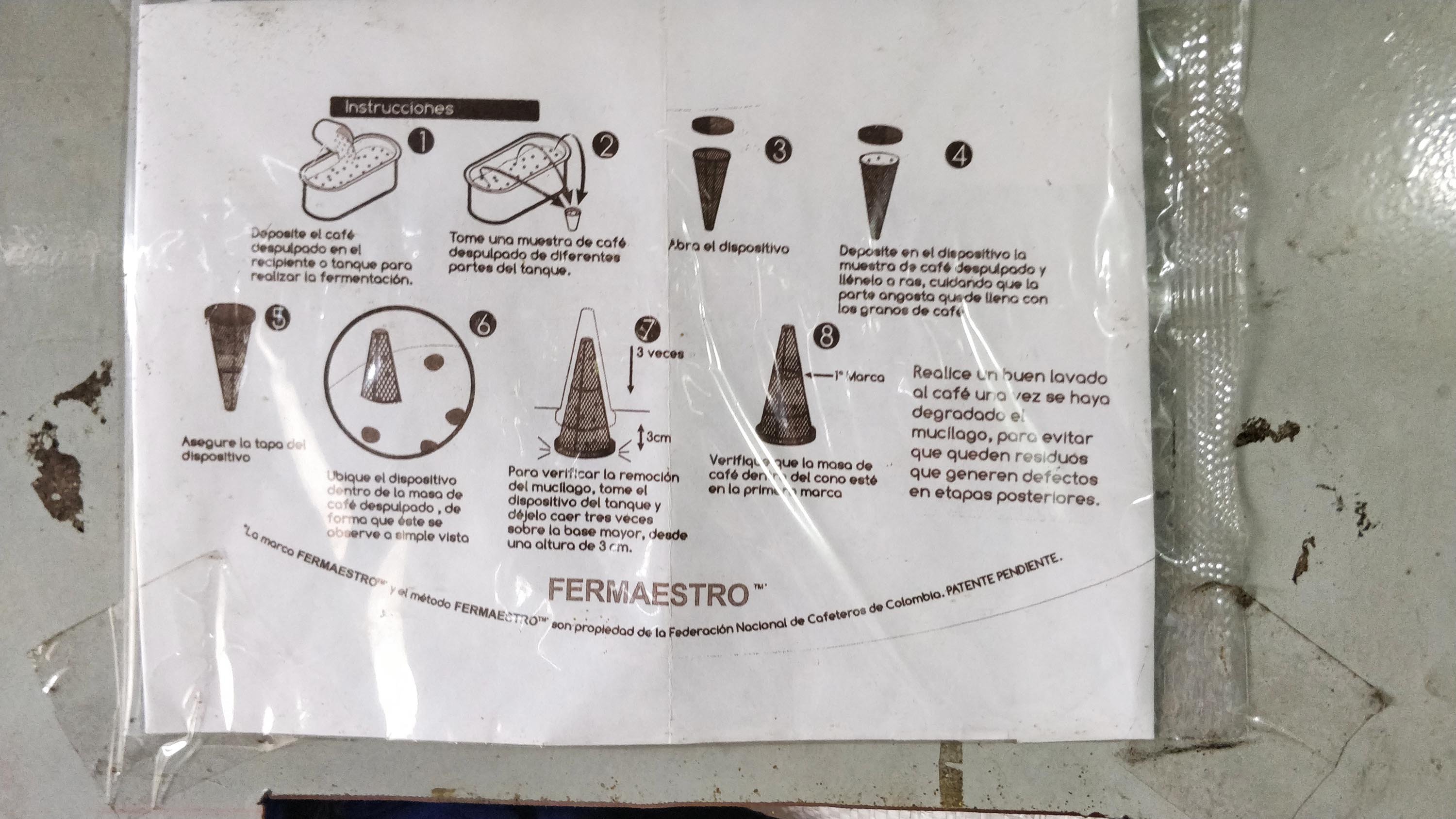
As most of Gonzalo’s coffee is sold in the internal market roasted, he is featured in this Discovery only as part of the Blend del Cluster. However, this grower is looking forward to work closely with the international community in the future. “I don’t want to change my processing too much because my customers here are very happy. But I also want to produce naturals, honeys and anaerobic fermentation lots,” he says. He is already studying how different methods affect cup quality alongside Bucaramanga’s university. As a Q Grader, he will produce quality reports that will be compared to the lab’s physical analysis.
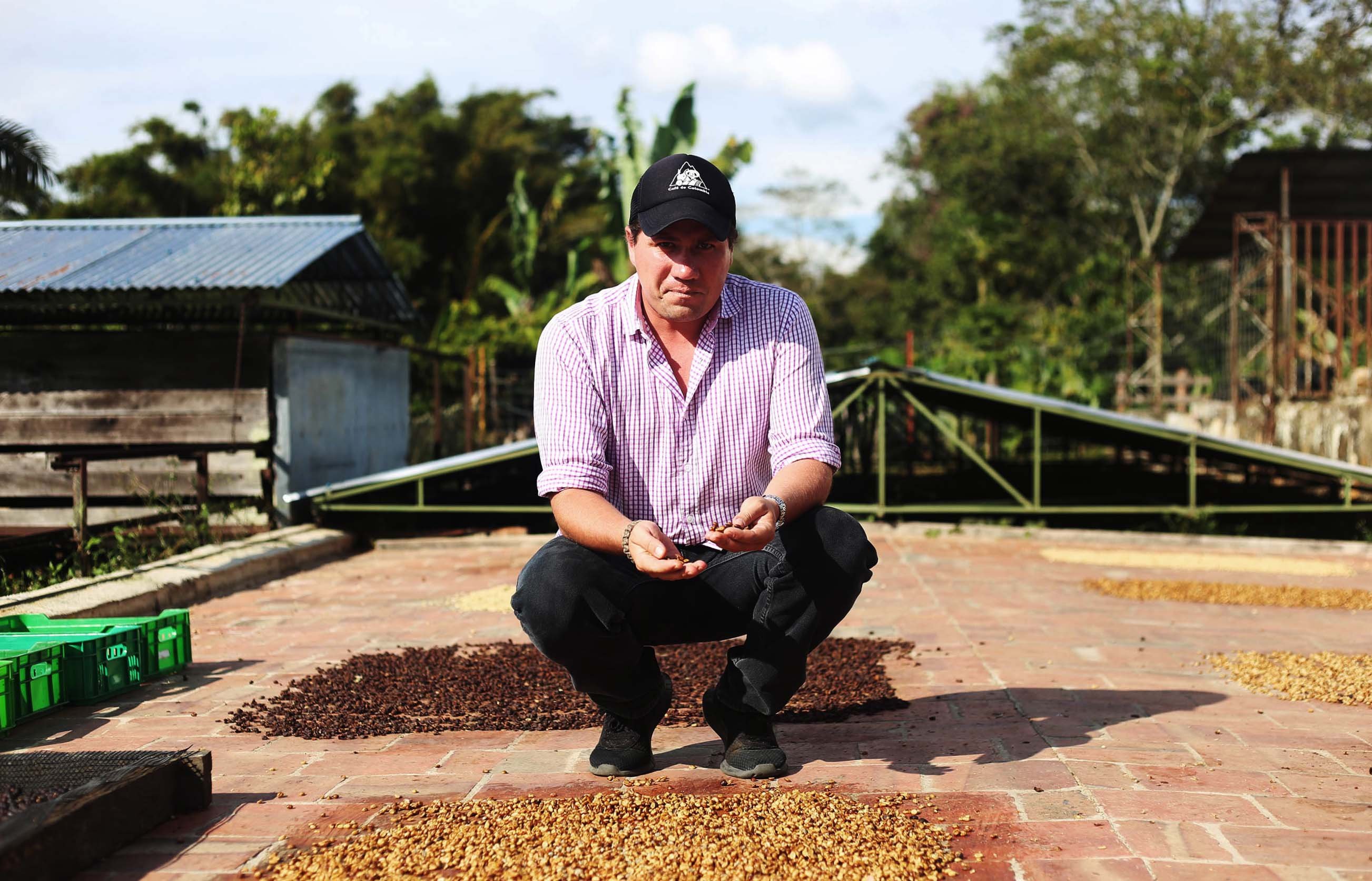
Diego Carlier - Hacienda Buenavista

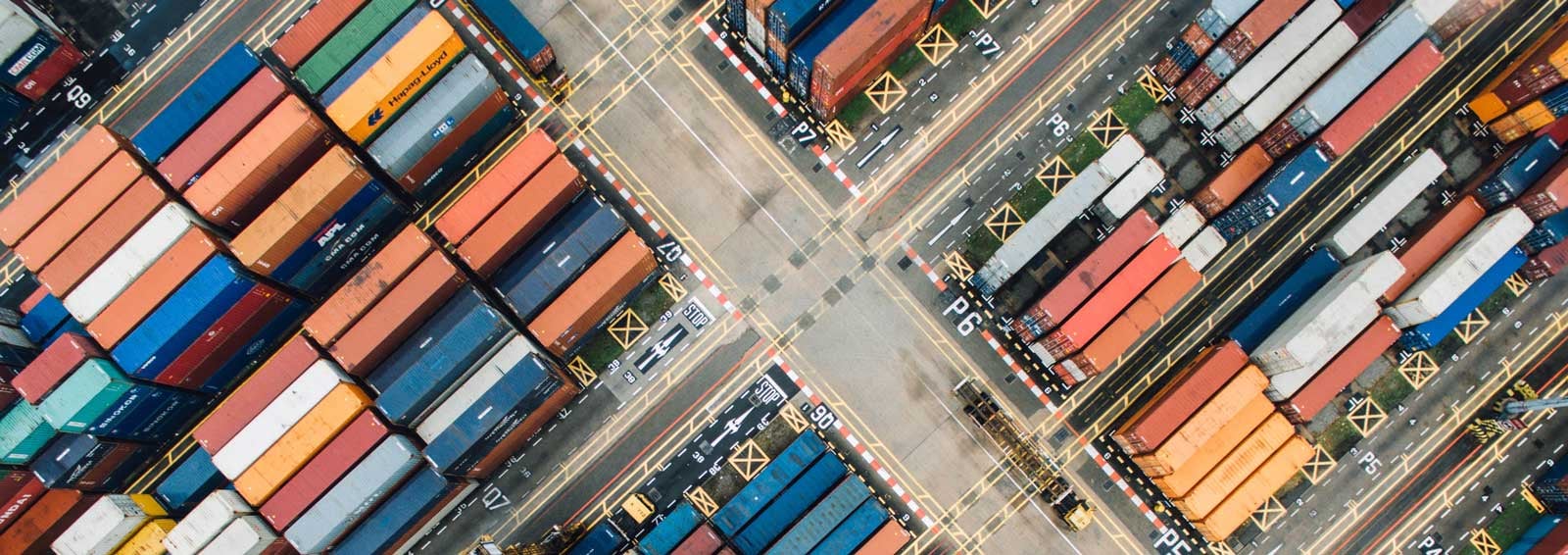
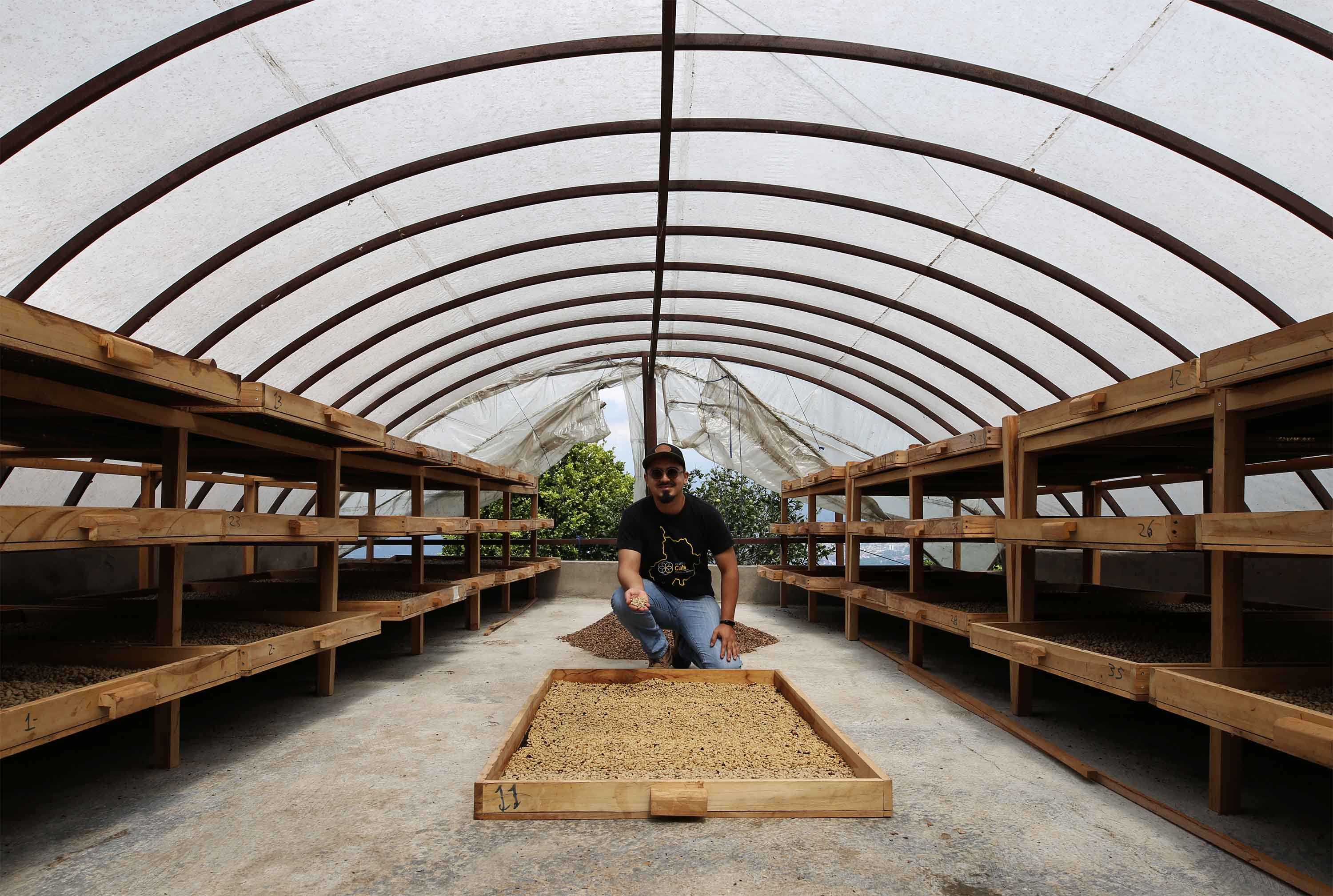
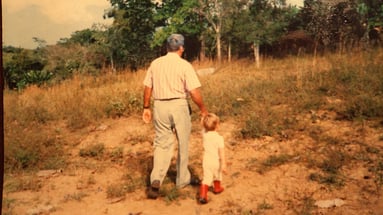
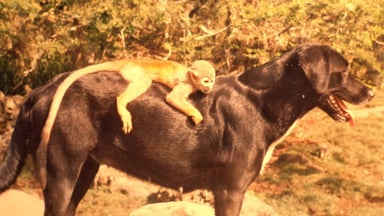
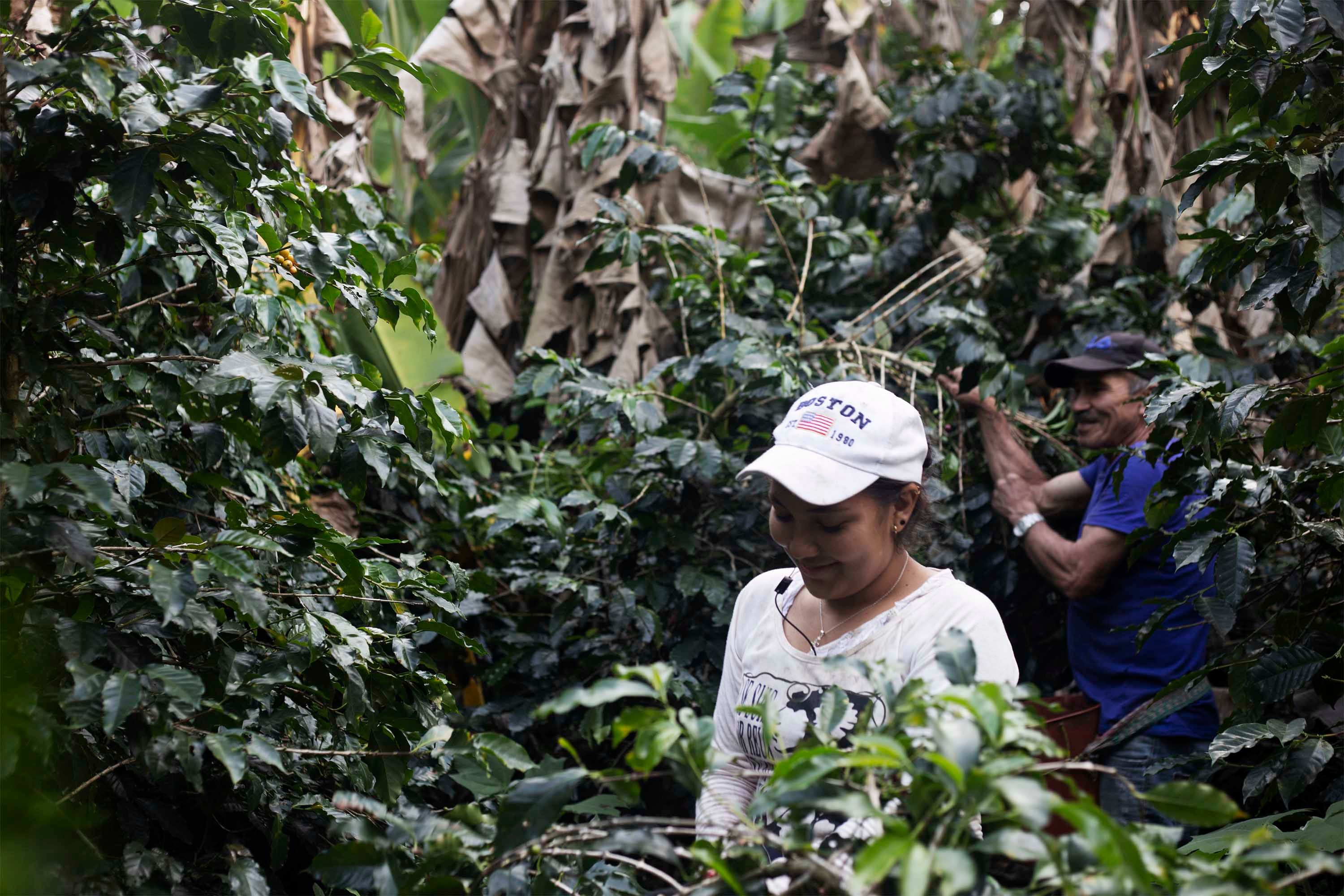
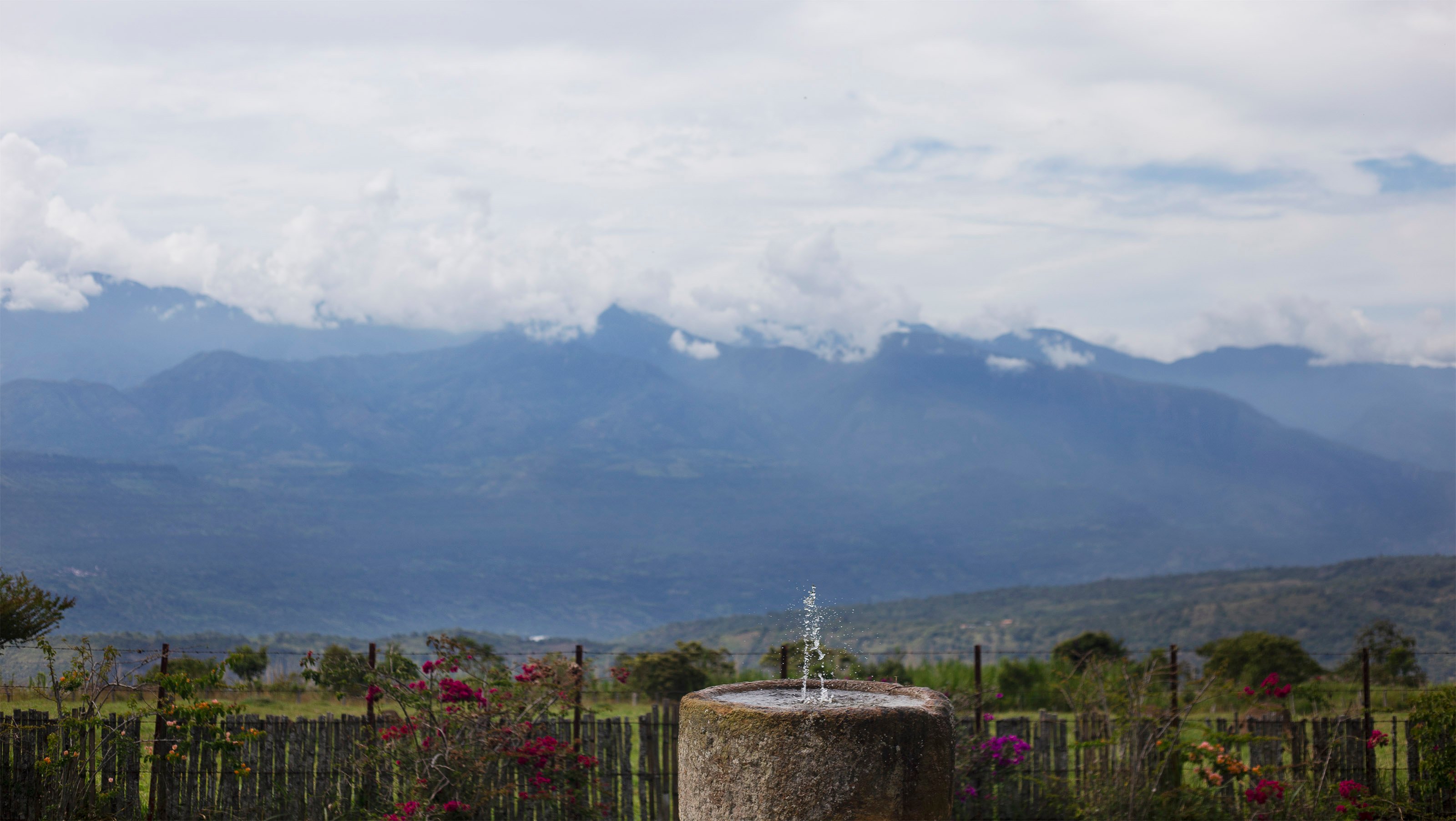
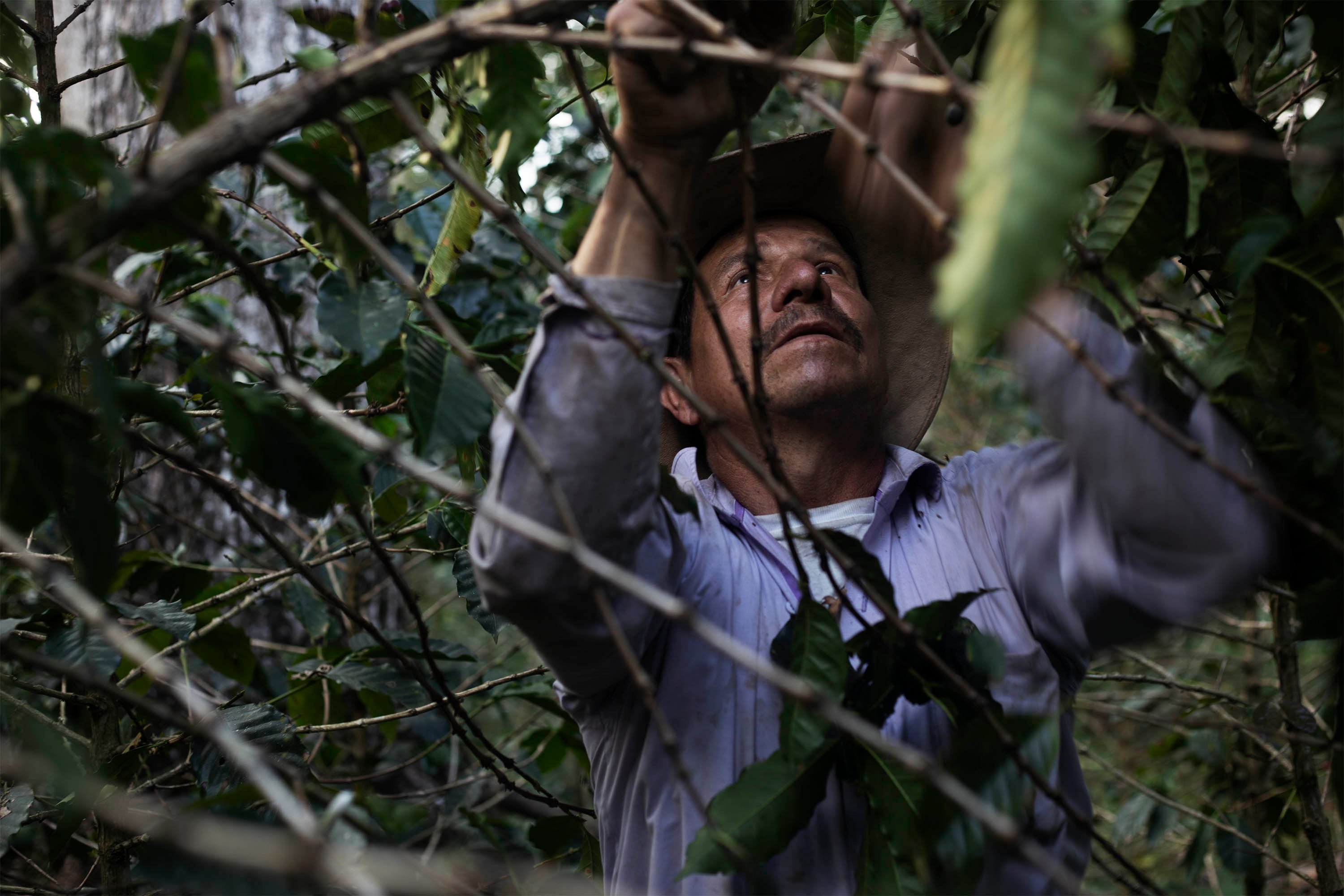
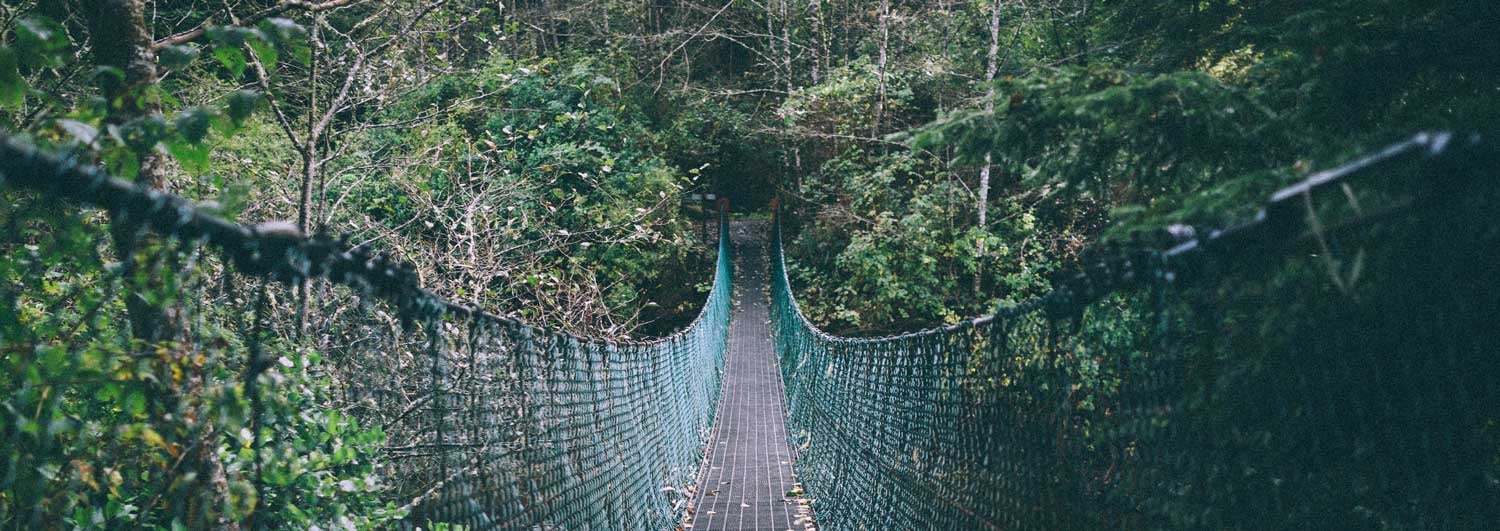
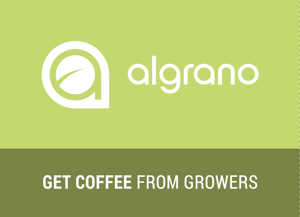
Let Us Know What You Thought about this Post.
Put your Comment Below.